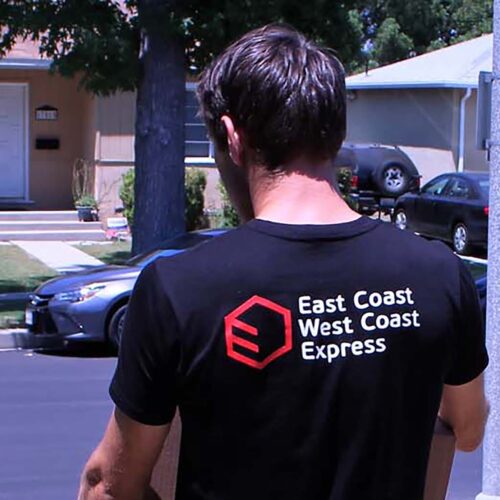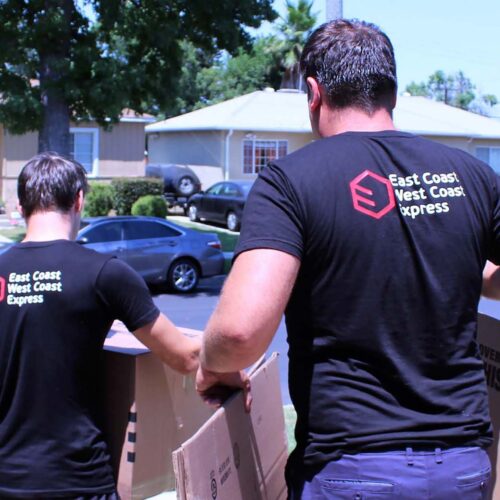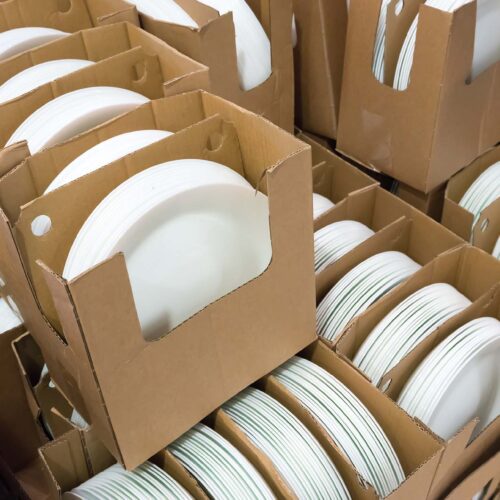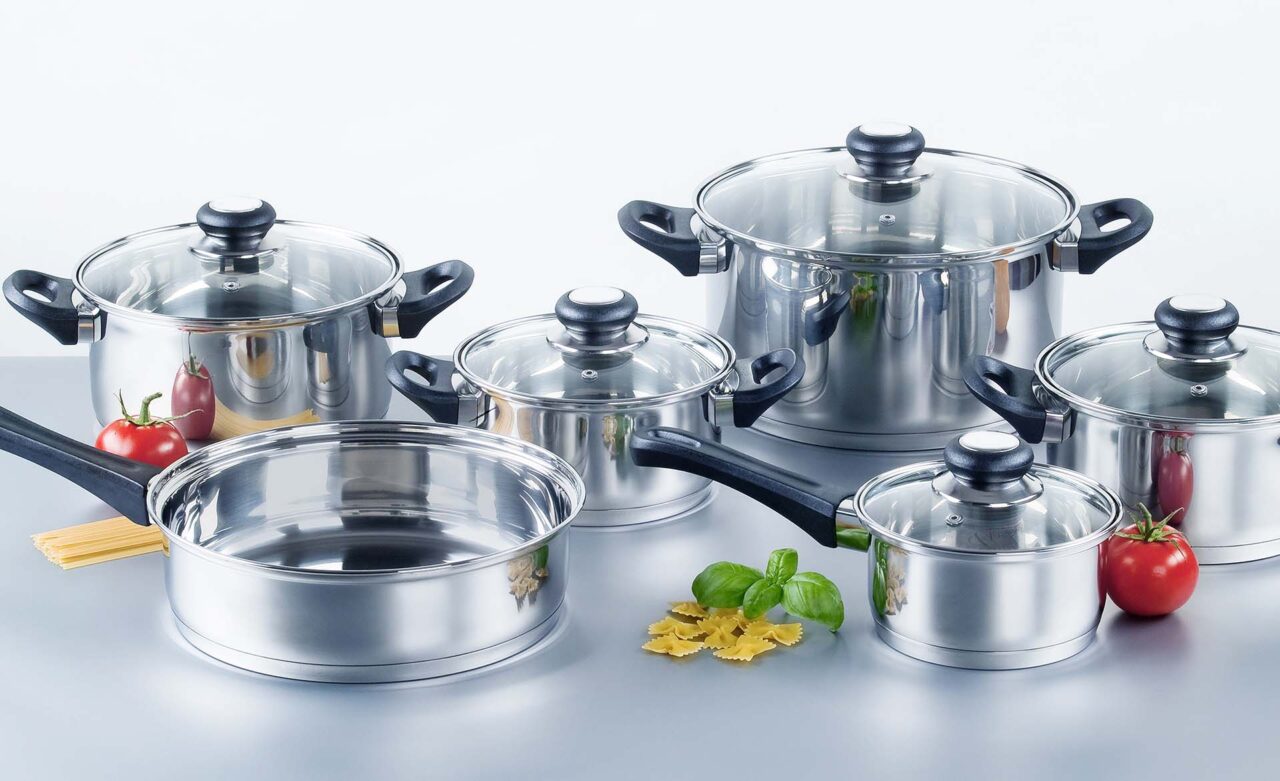

Learning how to pack pots and pans is a crucial step for anyone who’s about to pack up their kitchen and move away. And although the task isn’t a particularly difficult one, it still has to be executed perfectly and without any mistakes. That’s why we’ve prepared this thorough guide to help you figure out just what steps you need to take to ensure your cookware will make it to the new address without any problems.
How to Pack Pots and Pans for Moving?
Packing up your cookware isn’t much different from dealing with the rest of your kitchen. The first preparatory step is pretty much the same, whatever part of the household inventory you’re dealing with – and it all starts by thoroughly organizing the move. And when it comes to the kitchen, it means writing up everything on a detailed packing list. Everything that doesn’t make it to the checklist, you should get rid of. We propose not throwing away anything that can be donated to the Salvation Army, gifted, or recycled. And once you’ve written up the inventory, it’s time to get the proper wrapping materials.
 Just because you may be emotionally tied to your cookware, it doesn't mean it should become a permanent part of your inventory
Just because you may be emotionally tied to your cookware, it doesn't mean it should become a permanent part of your inventory
What Are the Best Packing Materials and Equipment to Pack Cookware
Whenever a person is about to box up dishes, they will have to obtain packaging materials first. Luckily, cookware is more often than not sturdy and durable, making it easy to box up even if you’re relocating in a hurry. Take into consideration that if you hire cross-country movers and get their packing services, the long-distance moving company can supply you with materials. However, you choose to deal with this a few weeks before your move, ensure you obtain the following materials:
- Cardboard boxes in multiple sizes,
- Packing paper,
- Bubble wrap,
- Duct tape,
- Foam peanuts,
- Markers and stickers.
Watch Out if You Decide to Use Free Packaging Materials for Packing Pots and Pans for Moving
Sometimes, your relocation costs won’t allow you to obtain anything but cheap relocation supplies and alternative materials – and that is okay, as long as the items you get can endure the move. Besides, these things can get expensive, so it’s no wonder someone might search for cheaper alternatives. However, we recommend sustaining from the use of already used cardboard boxes since they can easily get broken in by heavy and large items such as cookware.
Generally, a cardboard box can’t sustain more than 45 lbs, and if it already carried heavy objects, it may fall through more easily. If you decide to get pre-owned boxes, ensure you strengthen the floor of the box with duct tape and don’t overfill the container! Besides that, you can use newspaper papers or old magazines as a substitute for expensive packaging paper, but just watch out for any water or grease, since the newspapers can transfer onto your items in contact with water, destroying your prized dishes.
Prior to Packing the Cookware, Make Sure You Clean It Thoroughly
Although you might have to wash your dishes as soon as you unpack after the move, it’s crucial that you still wash them before the move. Of course, those that are already clean and inside of cabinets, you can pack without prior cleaning. However, all of your cookware has to be clean without any traces of grease so that you can be sure the boxes and materials will sustain them and not break down in contact with the stains.
Once you’ve washed your dishes, you’ll also want to ensure they’ve dried up completely. Otherwise, any leftover water moisture can damage the cardboard packaging, leading to further problems in your relocation process. Even if you are dealing with a last-minute move, don’t skip this step – it is a crucial one. And if you manage to avoid these common relocation mistakes, you can be certain that your move will be efficient. For some pro tips on how to get rid off of nasty stains and burned residue in your cookware, we recommend checking out the following video:
How Do You Pack Pots and Pans to Move?
So, now that most of the preparatory steps are done, we can get to the main show – the packaging of your cookware. The first relocation tip we have is to ensure you have a clean counter or table space to start your packaging process on. Otherwise, you’ll have to be running around, from one surface to another. By cleaning out enough space and placing both your cookware and the packaging supplies and materials on it, you’ve set the stage for a fairly efficient wrapping process.
How to Go About Preparing the Boxes?
When everything is in front of you, you want to make sure that the containers have been secured so that their bottoms don’t fall through under the weight of the cookware. You’ll do this by taking the duct tape and going over the meeting points of the bottom of the box. Next, you’ll want to provide the boxes with cushioning.
The easiest way to do so is by placing a few layers of paper over the strengthened bottom. This is a great packing hack because it ensures the cookware doesn’t move while being transported. Additionally, it dulls out any vibration from the road, making it that much safer for all your packed items to make it to your new home.
Should You Wrap Pots and Pans for Moving?
Once you’ve secured and wrapped your container, it’s time to do the same with the cookware. Although cookware is sturdy, it should be secured and saved from possible bumps that might arise during transport. You’ll do this by making sure each part (including their respective lids) is individually wrapped, as well as filled with cushioning.
To prevent any scratches, take a layer of paper or bubble wrap and enroll the item in it. We do recommend doubling up on the layers just so that each object has maximum protection. Once that is done, you’ll want to use crumpled paper, foam peanuts, or even cotton materials like rags or towels to fill in any remaining gaps.
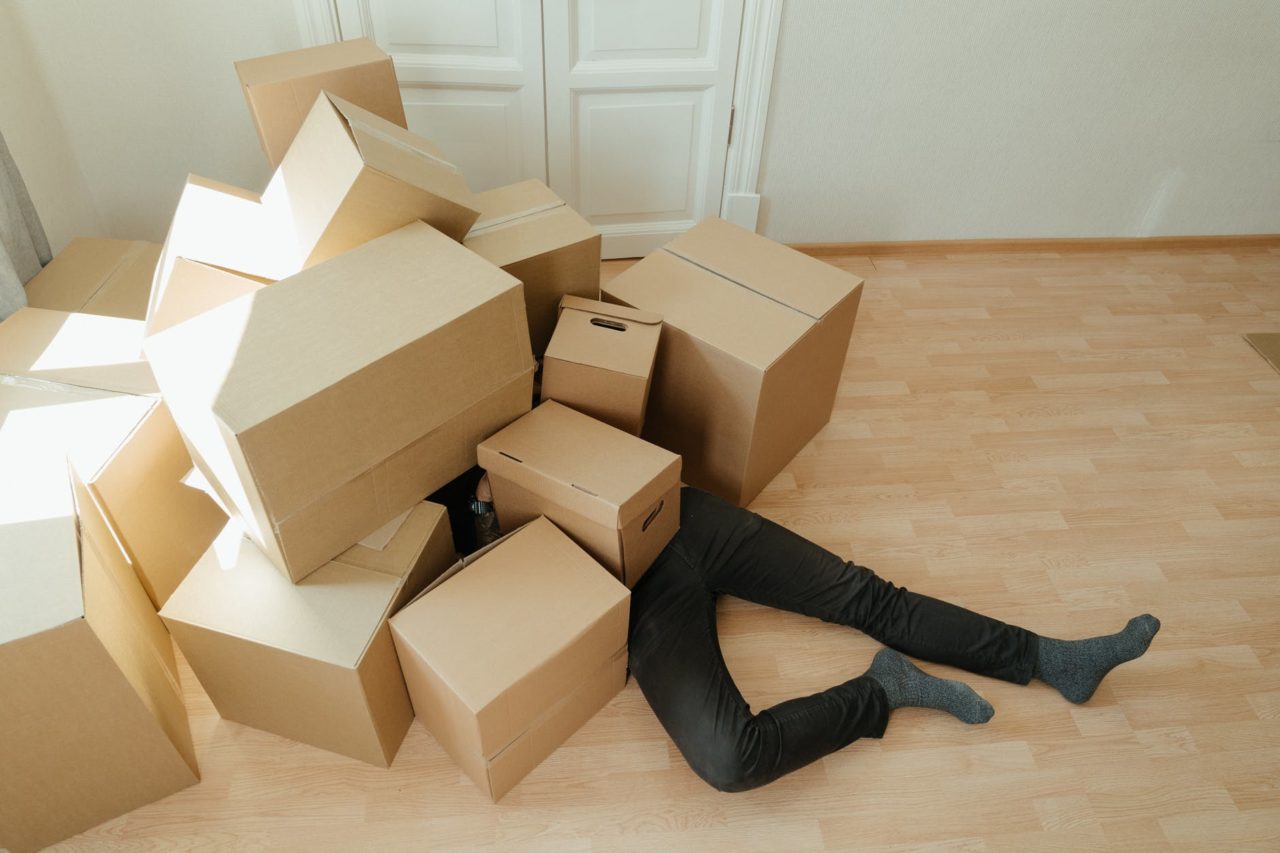 No matter how many boxes you have, ensure each and every one is well prepared and cushioned
No matter how many boxes you have, ensure each and every one is well prepared and cushioned
Is It Ok to Stack Pots and Pans?
Once all your cookware is provided with enough cushioning and wrapping, it’s time to figure out how to box it up best. So, you might wonder if stacking is the way to go? Well, it absolutely can be, of course, given that you wrapped the cookware well enough. That way, no item can damage the one that is beneath it. And stacking is great because it reduces the amount of space your kitchen utensils and dishes will need in the east coast movers’ truck. However, it is really important to know how to stack the pots and pans.
How to Stack Your Cookware the Best Possible Way?
When you are about to stack your cookware, it is really important to do it properly. You’ll first want to organize your items on account of their size and depth. Next, create little optimal stacks of your already individually wrapped cookware. Ensure you stack skillets with one another and saucepans as well, since their handles will ultimately dictate what kind of containers you’ll place them inside off. When it comes to skillets, you should place all of their handles on one side so that you can save space. Afterward, all you have to do is place your things in their containers, and you’ll be good to go.
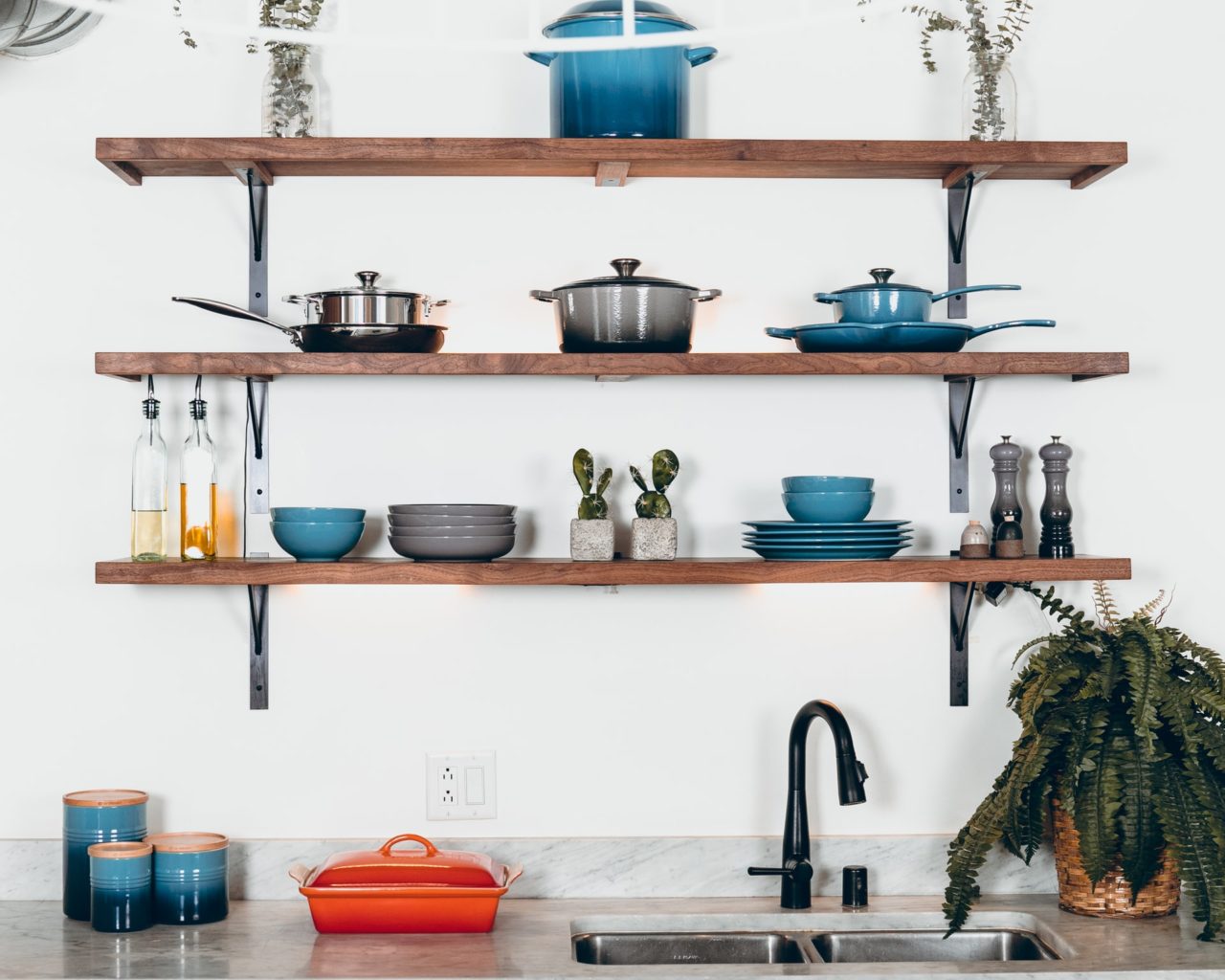 Stack your cookware the same way it is organized on your shelves or cabinets
Stack your cookware the same way it is organized on your shelves or cabinets
How Do You Package Pots’ Lids?
Although you’ve secured the bottoms of your sets, the question of what to do with the lids remains. The dilemma of whether one is supposed to pack up the tops in the same container or in a separate one with the bottom parts is, to say the least, an age-old question. Although putting the sets in the same container can be convenient once you arrive at the unpacking stage, it is also common that the corresponding parts damage each other if packaged together.
So, our recommendation is to first wrap up the lids first, then use colored stickers to match the bottoms and tops, and finally pack them up in separate containers. You can place all or the majority of your lids in one container and place a few layers of paper between each one you’ll stack. That’ll make it difficult for the dishes to move and break during the transport. And while the metal tops are more enduring, when it comes to glass ones, it is key to follow these steps if you don’t want them damaged, or worse – broken, during their relocation to another state.
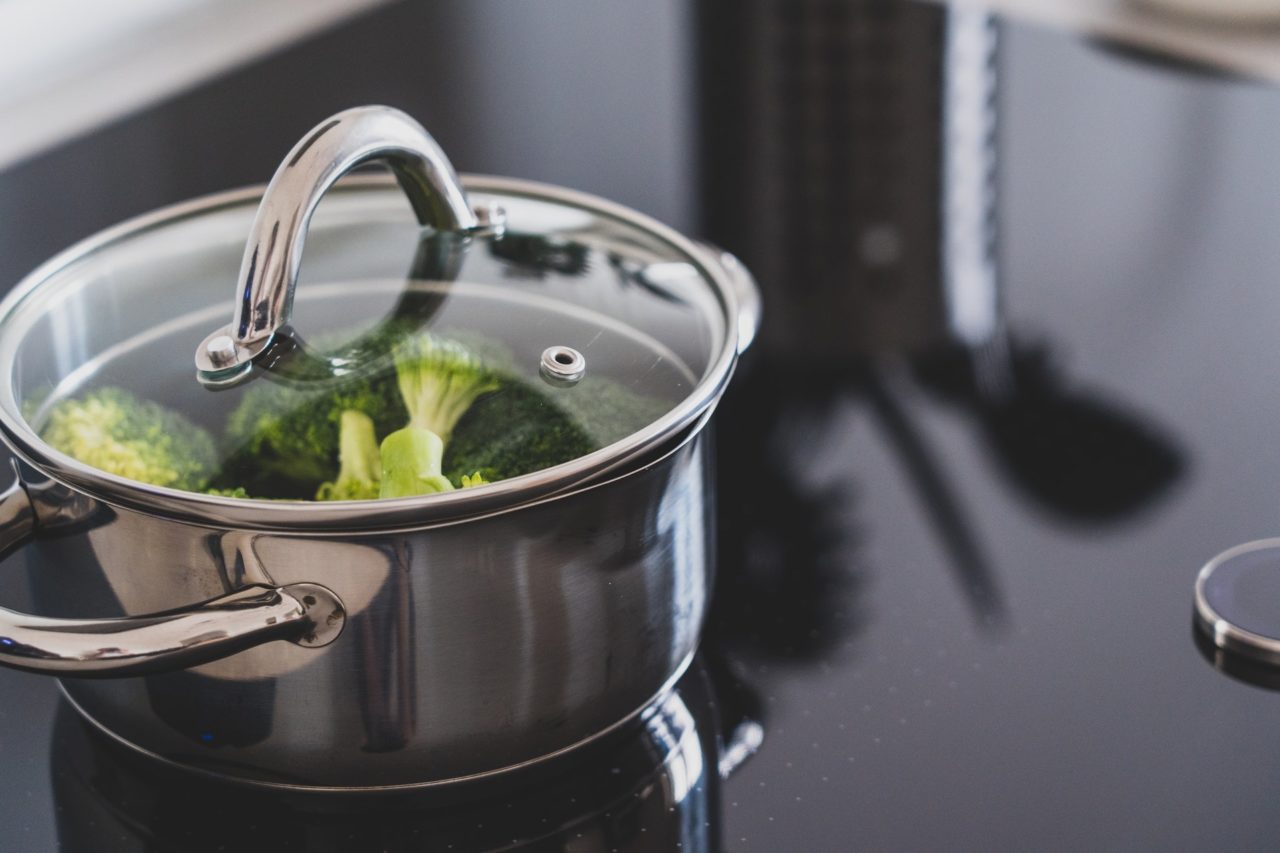 Glass lids have many perks, but their fragility isn't one of them
Glass lids have many perks, but their fragility isn't one of them
How to Finalize the Boxing Up of Your Cookware?
Once all of your sets have been properly wrapped and stacked, color-coded, and placed in the right containers, there’s only one thing left on your moving to-do list. When it comes to finalizing the boxing up of the kitchen, there are just a few more final touches to deal with, and that is to properly tape up and label each container. Labeling is really important since it makes it much easier for the west coast movers who will be loading and unloading your stuff in and from a truck to know how to treat the boxes and where to place them in your new home.
So, we always recommend taking a marker and writing up ”fragile”, ”top-load only”, and ”kitchen” on three sides of the container, so whoever picks it up will know what to do next. And if you manage to obtain the duct tape that says ”fragile” on it by design, you’ll make it that much easier on yourself when it comes to the final packing stage. And that’s it – all you are left to do now is figure out how to move your things to the new place or the storage unit, and you can call it a day!
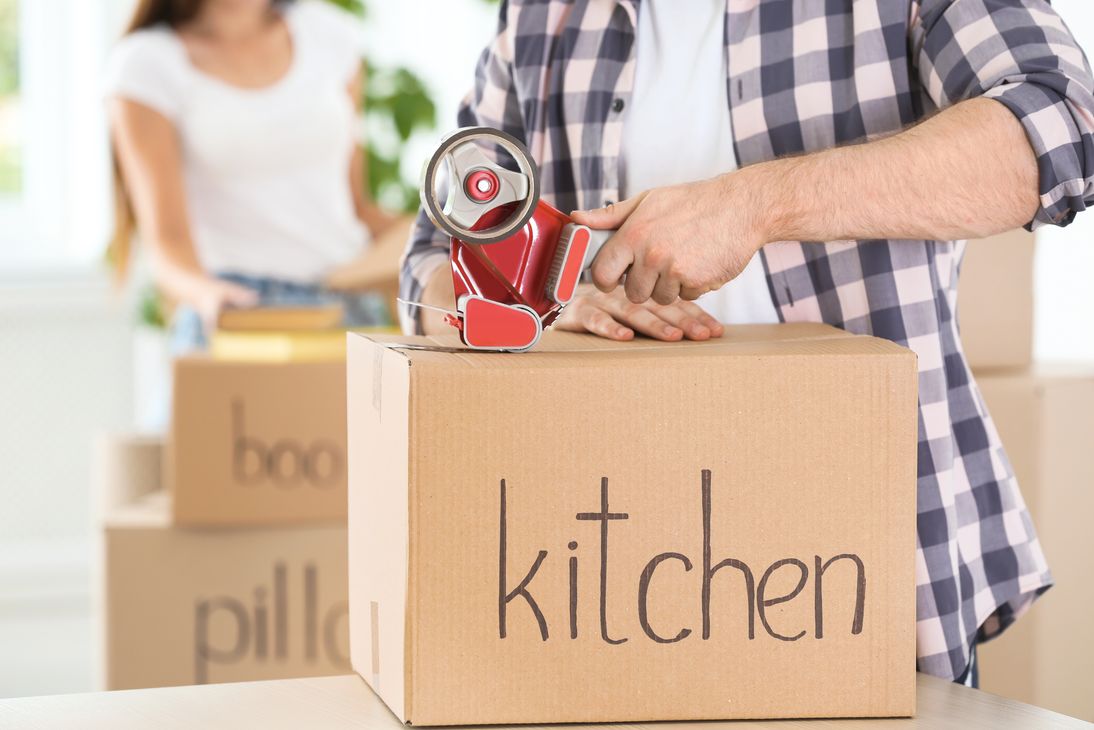 Well labeled containers are what makes a move efficient
Well labeled containers are what makes a move efficient
Consider Hiring Long Distance Moving Services for the Most Professional Help in Dealing With the Kitchen Inventory
Relocating to a new city is a complex endeavor, and the chances are that if you’ve never done it before, it can induce a lot of relocation stress. Hiring long-distance movers to help out with their services can be one of the greatest gifts you can give yourself in this period. Scout a few companies that provide cross-country moving services, ask them for free quotes for packing and relocation services and get help with dealing with your home inventory.




